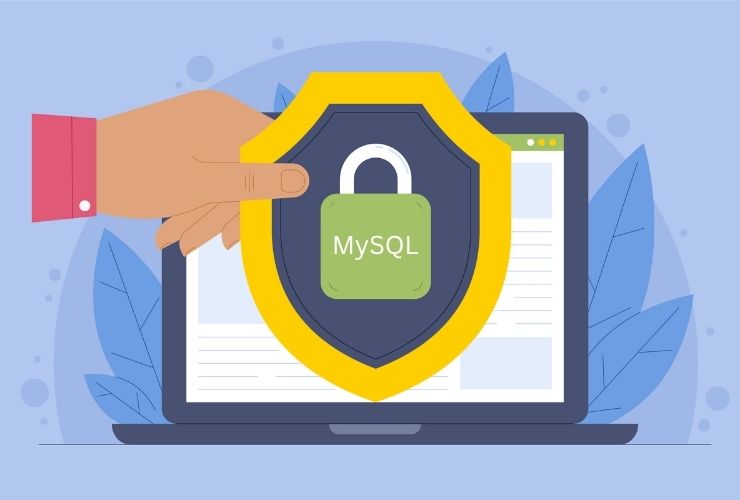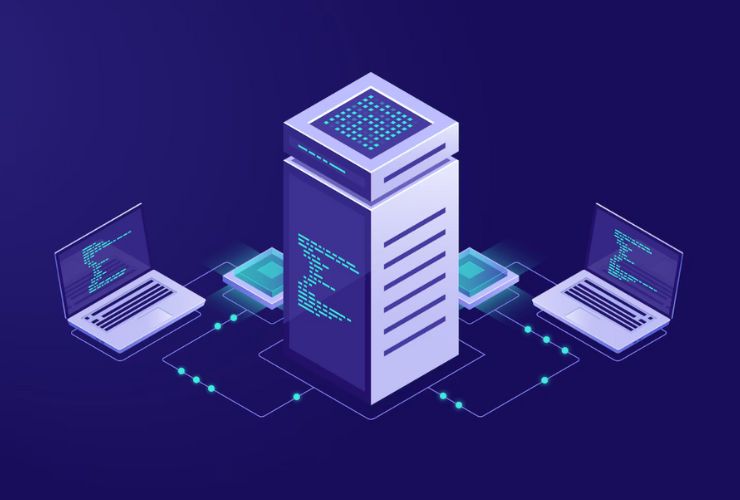As cyberattacks become more advanced, protecting your MySQL database is not a choice — it’s a critical requirement. Whether you are managing a personal project or administering a business-critical application, taking security measures can help protect your data from breaches, data loss, and compliance failures that could have dire consequences for your organization.
In the following post, we will discuss some fundamental techniques and best practices which can help you secure your MySQL installation.
1. Keep Your MySQL Server Updated
Keeping your MySQL server updated will ensure that you are using the latest security patches and bug fixes created by the MySQL development team. While you stay up to date, you cannot be assured your current software is secure if it is outdated because, despite your best efforts to protect your system, established exploits will still leave it vulnerable.
Make sure you have a regular maintenance scheduling in place so that you can administer updates in a timely manner. Subscribe to official MySQL security bulletins to discover new vulnerabilities.
2. Use Strong, Unique Passwords for All Users
Weak passwords are one of the easiest ways for attackers to gain unauthorized access. Ensure all MySQL accounts, especially root and administrative accounts, have complex and unique passwords. A password manager can help generate and securely store these credentials. Never, ever use default or easily guessable passwords for production accounts.
3. Remove Anonymous and Test Users
MySQL installations come with many built-in users that are often not considered by many users. It’s also worth mentioning that MySQL sometimes will create unknown test databases for development use. Not only are these accounts unnecessary, but they generate risk vectors as well when left enabled in production environments. Make sure to regularly audit your MySQL users and remove any that are blank/non-existent or test users that aren’t absolutely necessary.
4. Follow the principle of least privilege
Only give users the permissions they need in order to do their jobs. Don’t provide global permissions such as completely administrative rights unless it’s absolutely necessary. For example, if a user will only be reading data, you should avoid giving them any write privileges or administrative permissions. This step can help reduce the consequences of a possible account compromise.
5. Limit Remote Connection
Limiting MySQL access to known IP addresses or local servers greatly lowers the risk of being attacked from the internet. Do not leave the default MySQL port (3306) to the internet. Instead, rely on firewalls or security groups to block rogue inbound traffic, or bind the MySQL server to localhost if remote connection is not necessary.
6. Specify SSL/TLS Encryption for data in transit
Data transmitted between your application and MySQL server should be encrypted to ensure that no third-party can intercept or even modify the information. Furthermore, the configuration of SSL/TLS for connections to MySQL provides protection against all sensitive data provided to the MySQL server (e.g., credentials, query data) making it difficult for outside influences or threats to obtain this information. Options also exist to enforce the use of client certificate verification which is an additional level of user authentication and security.
7. Always use modern authentication plugins
Even when your password may be stronger, ensure you use a secure option for authentication: caching_sha2_password is currently the default method in MySQL 8+. Always using secure authentication options, is important as maintaining your authentication transients risk in a password theft scenario yourself or a third-party could exploit into unauthorized access.
8. Ensure all data at rest must also be encrypted
Sensitive information stored in your database – personally identifiable information (PII) or payment information or credentials – must be encrypted at rest. While MySQL has built-in InnoDB tablespace encryption, an organization could integrate third-party or cloud external key management supplier solutions, like that of Amazon Web Services (AWS) Key Management Service (KMS) solutions to accomplish infinitely stronger facilitation of encryption. Other sources for further encryption include backup copies (used only when data loss occurs in unavoidable situations) to prevent intentional harm during database exploration.
9. Enable Logging and Monitor Database Activity
Enable the general, error, and audit logs. These logs will account all access to and all queries made to the MySQL server. You may find value in routinely vetting your logs for any suspicious activity, including but not limited to multiple failed login attempts, unnecessary loads, or classic SQL injection attempts. If you can, it may also be helpful to combine logging with the usage of monitoring tools and intrusion detection systems for real-time alarms of attacks and intrusions.
10. Backup Regularly and Secure Backups
Regardless of all precautions, there is always a risk of data being breached or lost. Therefore, you should create a scheduled automated backup routine that allows you peace of mind. Security is key – do not forget to encrypt your backups and store them safely. It works best when you can secure backups off-location and in the cloud, with strict access controls. Get in the routine of purposely trying to restore back to ensure data viability.
Bonus Ways to Hack-prove MySQL Security
- Change the default mysql 3306 port to a non-default port to change potential attack routes for automated attacks.
- Disable unneeded functionality (load data local infile) to avoid enabling potential exploits to local file loading.
- Consider putting a mod_security web application firewall (WAF) in front of the application that interacts with MySQL (especially those exposed on the web) just to block malicious input and SQL injection possibilities.
Concluding Remarks
When it comes to safeguarding your MySQL database, you are really protecting your applications, users, and the possibility of your business continuing to function. While security can sound overwhelming, following these best practices will help to decrease your overall risk exposure and continue to provide a productive database environment for your users.
Try to start with the basics such as strong passwords and restricted access and then add additional layers of protection such as encryption, logging, and monitoring. Regularly audit your security posture and ensure you are asynchronously following new developments. With cybersecurity being what it is, it’s always better to prevent issues than recover afterward – so start securing your MySQL database like a rockstar today.













 Database Development
Database Development












































